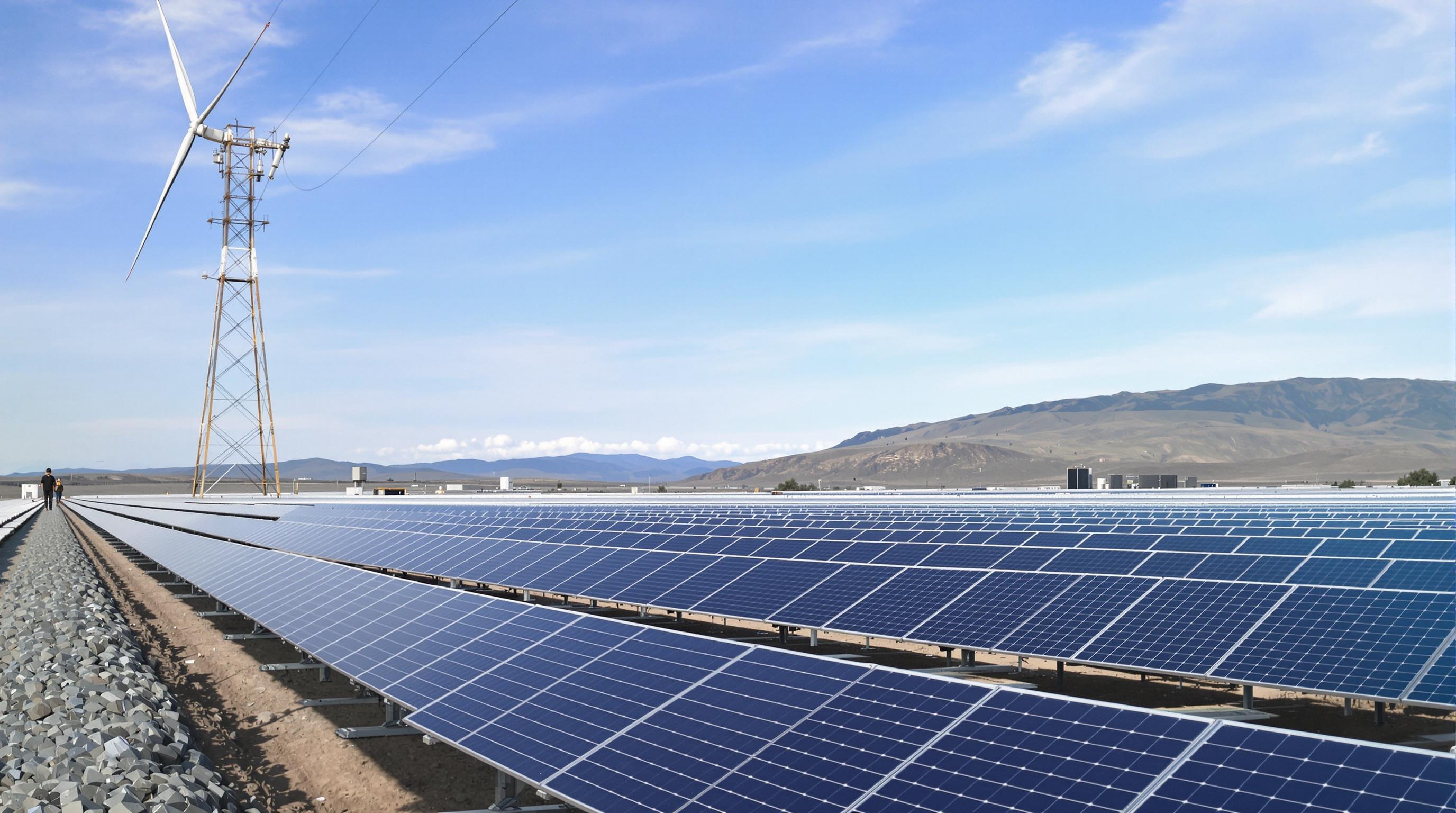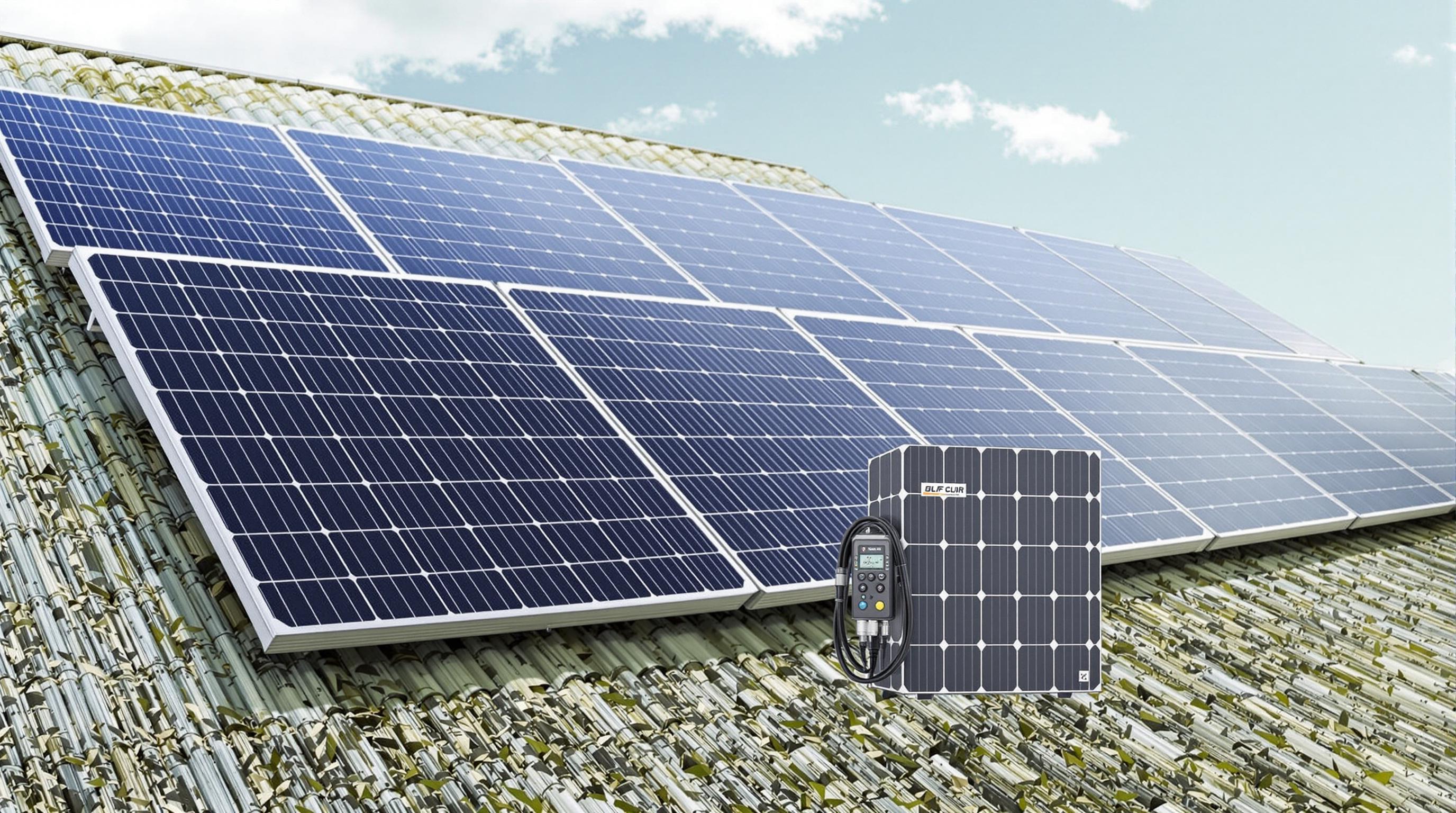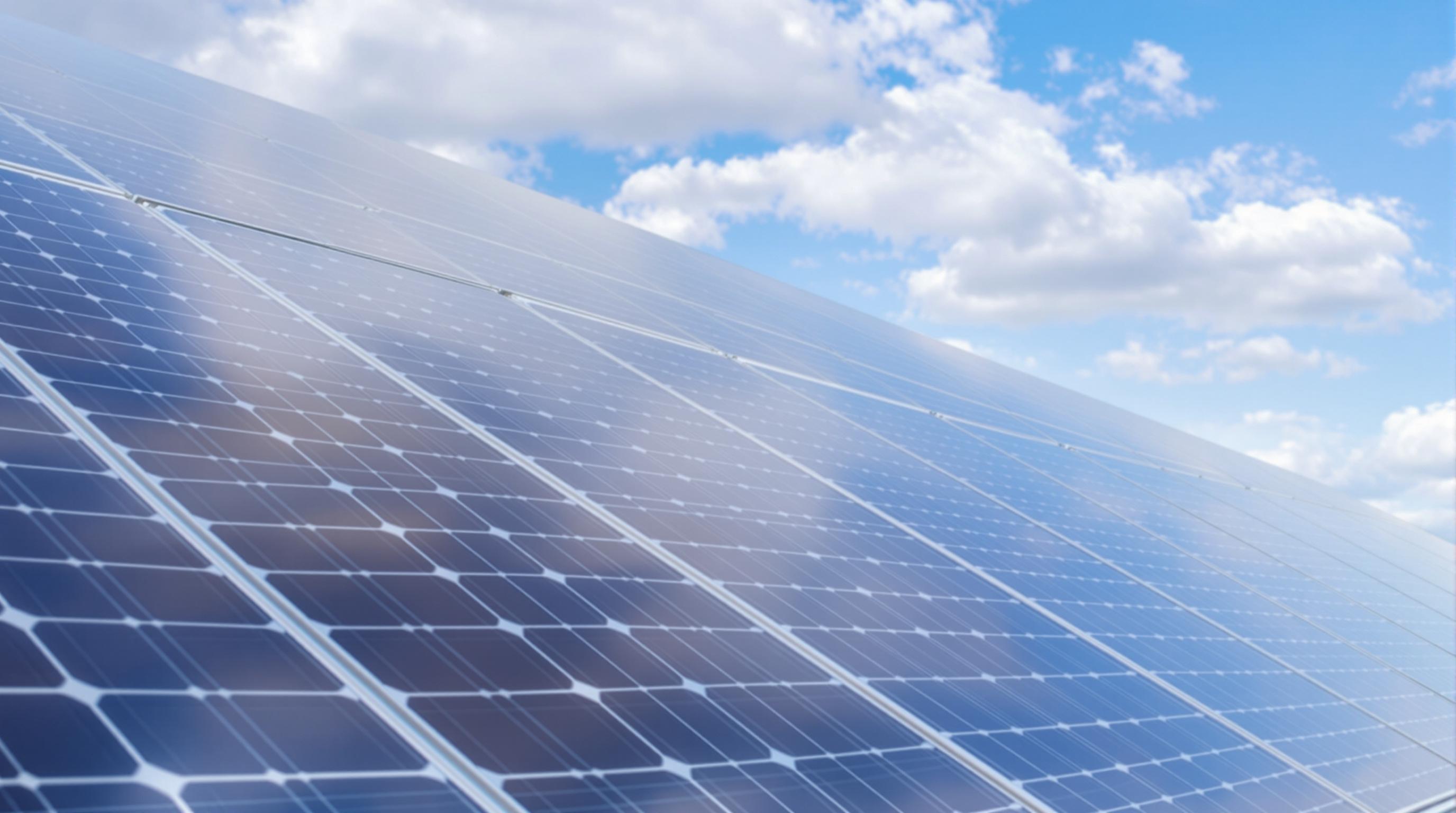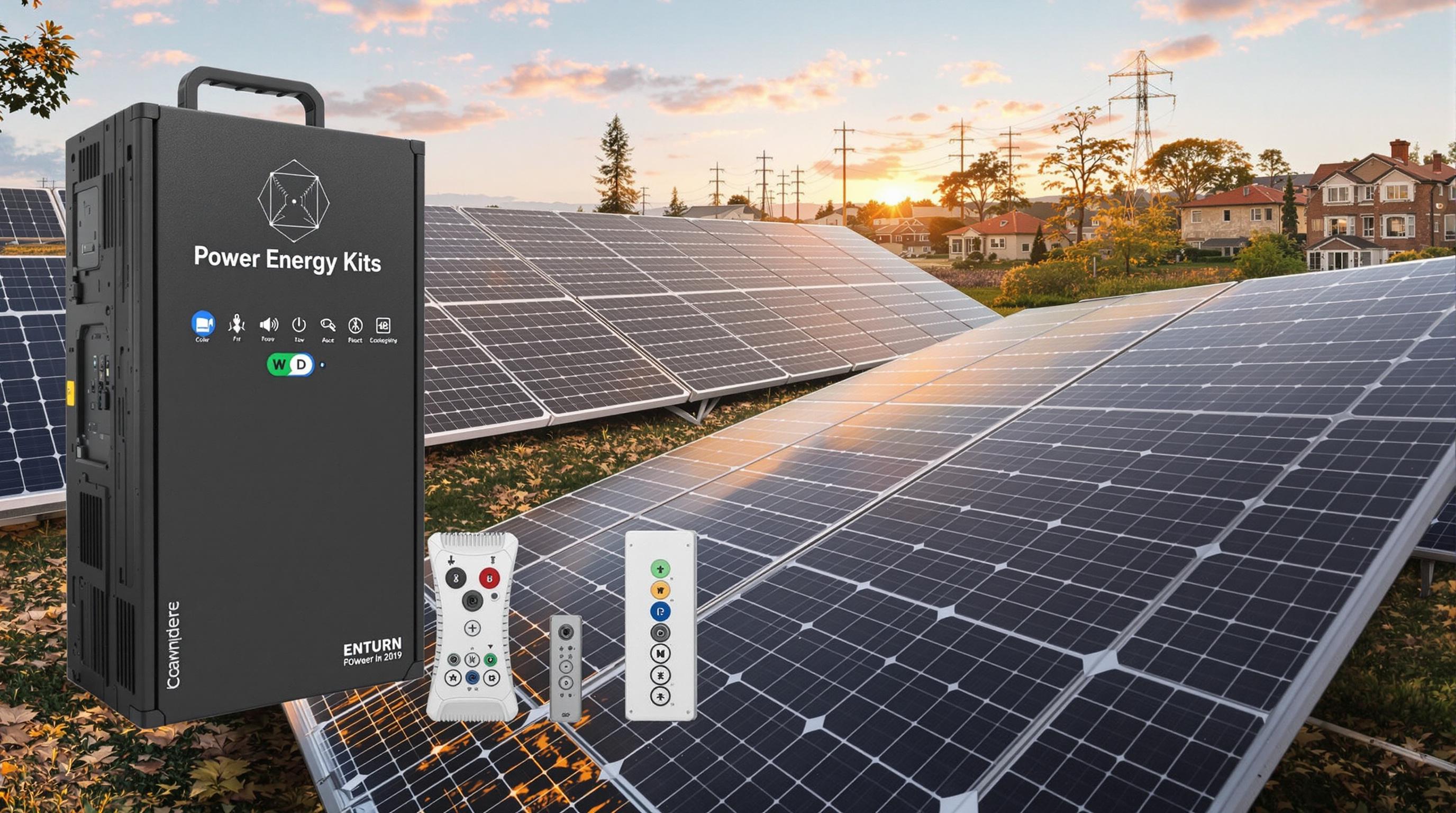Related Articles
- 7 Game-Changing Off-Grid Solar Kits from the Last 5 Years Ranked for Peak Performance and Reliability
- Uncovering the Role of Solar Warranty Disputes in Shaping Consumer Trust and Industry Accountability
- The Role of Behavioral Economics in Shaping Unexpected Solar Investment Decisions Among Rural Entrepreneurs
- Top 5 Emerging Solar Panel Brands Since 2019 That Outlast the Competition in Real-World Tests
- Top 6 Trailblazing Ground Solar Frames Unveiled Since 2019 Revolutionizing Installation Speed and Durability
- How Biodegradable Mounting Materials Could Revolutionize Eco-Friendly SolarRoof Installations by 2030
12 Unconventional Off-Grid Solar Applications Transforming Remote Industry and Infrastructure in 2024
12 Unconventional Off-Grid Solar Applications Transforming Remote Industry and Infrastructure in 2024
12 Unconventional Off-Grid Solar Applications Transforming Remote Industry and Infrastructure in 2024
1. Solar-Powered Water Desalination Units
Access to clean water remains a significant challenge in many remote areas, especially those with limited infrastructure. Solar-powered water desalination units are emerging as a vital solution by providing sustainable, off-grid freshwater production. These systems utilize photovoltaic panels to power reverse-osmosis membranes or other filtration technologies without relying on diesel generators or grid electricity.
Innovative designs have reduced the energy demands of desalination, making solar an efficient and practical power source. For example, companies like Zero Mass Water have advanced solar hydro panels that harvest water from the atmosphere using solar energy. This is a game-changer for industries such as mining and agriculture that require reliable freshwater sources in arid locations.
By integrating solar desalination, remote sites reduce their operational carbon footprint and lower fuel transportation costs. This approach exemplifies how energy independence and sustainability converge in critical infrastructure advancements in 2024.
2. Solar-Powered Communication Towers
Communication infrastructure is essential even in the most isolated regions, but powering remote communication towers poses logistical challenges. Solar panels combined with advanced energy storage systems provide a resilient off-grid energy supply. This ensures uninterrupted operation of cell sites and radio transmitters, vital for emergency services and connectivity in rural areas.
In 2024, telecom companies are increasingly retrofitting existing towers with solar power systems, enabling them to phase out diesel generators entirely. This move not only cuts operating costs but also reduces greenhouse gas emissions associated with traditional power sources.
Moreover, solar solutions enhance the reliability of communication networks during natural disasters when grid power is often disrupted. As reported by GSMA’s Mobile Economy 2023, solar-powered towers are key to achieving universal mobile coverage in challenging terrains.
3. Solar-Driven Remote Sensor Networks
Remote industries such as oil and gas, forestry, and environmental monitoring rely on sensor networks to collect vital data from inaccessible locations. These sensors need consistent power for continuous operation, which solar energy conveniently supplies.
Recent innovations have led to ultra-low-power sensor designs coupled with compact solar modules, enabling long-term autonomous deployment without battery replacements. This greatly reduces maintenance visits, saving time and costs in remote areas.
Applications include wildfire detection systems, pipeline leak monitors, and soil moisture sensors supporting precision agriculture. The autonomy provided by solar power ensures real-time data availability, enhancing safety and operational efficiency.
4. Solar-Powered Electric Fencing for Wildlife Management
Protecting livestock and controlling wildlife movement in remote agricultural zones is critical but challenging when conventional power is unavailable. Off-grid solar-powered electric fences have become a sustainable option, delivering reliable energy to electric fence controllers.
These systems use solar panels paired with deep-cycle batteries to operate through seasons with variable sunlight. Compared to traditional fuel-powered chargers, solar fencing systems require less intervention and maintenance, providing continuous protection for crops and animals.
This application not only safeguards livelihoods but also supports conservation efforts by controlling human-wildlife conflicts. According to the Food and Agriculture Organization (FAO), solar fencing is increasingly adopted in remote farming communities worldwide.
5. Solar-Powered Drones for Industrial Inspection
Drones are revolutionizing inspection workflows in remote industries like mining, oil fields, and pipelines. Solar-powered drones extend flight time dramatically, allowing for longer and more frequent surveys without returning for recharging.
In 2024, advances in lightweight solar cells integrated into drone wings and bodies have improved energy efficiency and operational range. This capability enables capturing high-resolution data over expansive and difficult terrains efficiently.
Enhanced by solar technology, drones reduce the need for human presence in hazardous environments, improving safety and reducing operational costs. Industry leaders such as DJI and solar startups continue to innovate in this promising field.
6. Off-Grid Solar-Powered Refrigeration Units
Cold chain logistics are critical for pharmaceuticals, food preservation, and vaccine storage in remote communities and industrial sites. Off-grid solar refrigerators provide a lifeline where conventional refrigeration is impossible due to lack of grid access or unreliable fuel deliveries.
The latest solar refrigeration units incorporate energy-efficient compressors and thermal storage, maintaining temperature stability even during night or overcast conditions. These advancements are particularly vital for the storage of COVID-19 vaccines and other temperature-sensitive medical products in remote health clinics.
Organizations like UNICEF and PATH have documented successful deployment of solar-powered refrigerators in developing regions, demonstrating their impact on healthcare outcomes and food security.
7. Solar-Powered Electric Vehicle Charging Stations
As electric vehicles (EVs) gain traction, providing charging infrastructure in remote areas remains an obstacle. Solar-powered off-grid EV charging stations enable energy self-sufficiency, crucial for servicing remote industry fleets and workers’ vehicles.
These stations use photovoltaic arrays linked to battery banks or hydrogen production for energy storage, delivering reliable all-day charging capacity. They support not only conventional EVs but also electric utility vehicles, enhancing sustainability.
Deploying solar EV chargers helps industries reduce diesel usage and emissions while fostering the adoption of clean transportation options in isolated locations where grid expansion is cost-prohibitive.
8. Solar-Powered Mining Equipment
Mining operations in remote regions traditionally rely on diesel-powered machinery, which entails high fuel costs and emissions. In 2024, solar-powered equipment such as electric drills, conveyor belts, and small vehicles are gaining ground as viable alternatives.
Hybrid solar-diesel systems with energy storage optimize productivity while reducing carbon footprints. Some innovative mining companies have also integrated large-scale solar farms to produce on-site electricity at lower costs.
This transition towards solar energy in mining not only cuts operational expenses but also aligns with ESG (Environmental, Social, and Governance) targets increasingly demanded by investors and regulators worldwide.
9. Remote Solar-Powered Lighting Systems
Proper illumination is essential for safety and security in remote industrial sites and infrastructure projects. Solar-powered LED lighting systems offer a cost-effective, maintenance-free solution with scalable installations suited for variable lighting needs.
Modern systems include motion sensors and intelligent controls to optimize energy consumption. These lights are used extensively on remote roads, construction sites, and temporary camps.
By eliminating the need for grid power or fossil fuels, solar lighting reduces operational risks and environmental impacts while improving worker safety in low-visibility conditions.
10. Floating Solar Installations on Remote Reservoirs
Floating solar photovoltaic (FPV) systems are an emerging application for generating clean energy on water bodies such as reservoirs near remote industrial sites. FPV mitigates land use conflicts while increasing solar efficiency due to water cooling effects.
In 2024, hybrid projects combining FPV with hydroelectric plants optimize renewable energy generation, enhancing power reliability off-grid. These floating arrays can supply energy to mining camps, irrigation facilities, and remote communities.
Studies from the National Renewable Energy Laboratory (NREL) highlight the significant potential of FPV for sustainable off-grid power production, making it an innovative frontier in solar technology deployment.




